Home>Gardening & Outdoor>Landscaping Ideas>How Long Does Grass Stay Wet After Rain
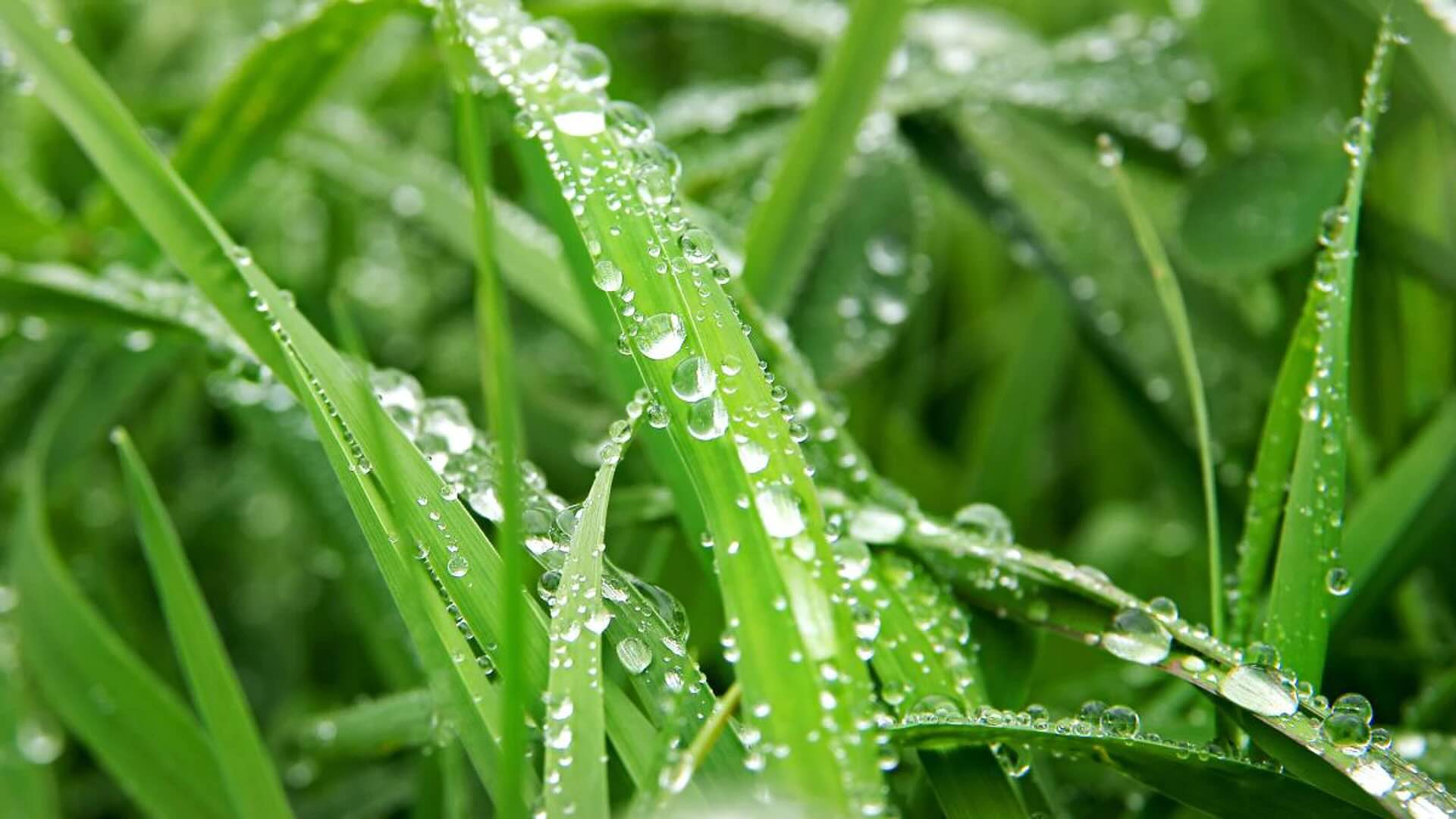

Landscaping Ideas
How Long Does Grass Stay Wet After Rain
Published: January 26, 2024
Discover effective landscaping ideas to minimize the time grass stays wet after rain. Improve your outdoor space with our expert tips.
(Many of the links in this article redirect to a specific reviewed product. Your purchase of these products through affiliate links helps to generate commission for Storables.com, at no extra cost. Learn more)
Introduction
After a refreshing rain shower, the glistening droplets on blades of grass can create a picturesque scene. However, for those eager to resume outdoor activities, the question of how long grass remains wet after rain becomes a pertinent one. The drying time of grass post-rainfall is influenced by various factors, including the type of grass, weather conditions, and the overall health of the lawn. Understanding these factors and implementing effective strategies to expedite the drying process can help individuals make the most of their outdoor spaces. In this article, we will delve into the intricacies of grass drying time, explore the types of grass that may dry more quickly or slowly, and provide practical tips for accelerating the drying process. By the end, readers will be equipped with the knowledge to optimize their outdoor experiences and maintain vibrant, resilient lawns even after a downpour.
Key Takeaways:
- Grass drying time after rain is influenced by factors like rain intensity, weather, soil health, and grass type. Understanding these factors helps in making informed decisions for lawn maintenance and outdoor activities.
- Practical tips like mowing the lawn, aerating the soil, and adjusting watering practices can speed up the drying process, allowing individuals to enjoy their outdoor spaces promptly after rain showers.
Factors Affecting Drying Time
The drying time of grass following rainfall is influenced by a myriad of factors. Understanding these elements is crucial for comprehending why some lawns dry more quickly than others. One of the primary factors impacting drying time is the intensity and duration of the rain. A brief, light shower may result in minimal water accumulation on the grass, leading to a relatively swift drying process. Conversely, a heavy and prolonged downpour can saturate the soil and coat the grass blades extensively, prolonging the drying time significantly.
Furthermore, the prevailing weather conditions play a pivotal role in the drying process. Factors such as humidity, temperature, and sunlight exposure can either expedite or impede the evaporation of moisture from the grass. High humidity levels hinder the evaporation rate, potentially prolonging the drying time. Conversely, warm, breezy conditions facilitate rapid evaporation, expediting the drying process. Additionally, direct sunlight accelerates evaporation, effectively aiding in the swift drying of grass following rainfall.
The composition and health of the soil also contribute to the drying time of grass. Well-draining soils allow excess water to percolate through efficiently, expediting the drying process. In contrast, compacted or clay-heavy soils may retain water, prolonging the drying time of the grass. Moreover, the overall health and density of the grass can impact drying time. Lush, vigorously growing lawns may dry more slowly due to the increased surface area for water retention, while sparser lawns may dry more quickly.
Understanding these factors provides valuable insights into the dynamics of grass drying time, empowering individuals to make informed decisions regarding lawn maintenance and outdoor activities following rainfall.
Types of Grass and Drying Time
The drying time of grass can vary based on the specific type of grass comprising the lawn. Different grass species possess distinct characteristics that influence their ability to shed moisture and expedite the drying process.
Warm-season grasses, such as Bermuda grass and Zoysia grass, are renowned for their resilience in hot climates and their relatively rapid drying time. These grasses thrive in warm, sunny conditions, allowing them to shed moisture efficiently following rainfall. Their robust root systems and vigorous growth contribute to their quick drying capabilities, making them ideal choices for regions with frequent rain showers.
Conversely, cool-season grasses, including Kentucky bluegrass and fescue varieties, may exhibit a slower drying time due to their preference for cooler temperatures and higher moisture retention. These grasses are well-suited to regions with milder climates but may take longer to dry following rain, especially in humid or overcast conditions.
Moreover, the specific cultivars within each grass type can also impact drying time. Some cultivars are bred for enhanced drought resistance and rapid moisture shedding, while others may prioritize other traits, potentially leading to variations in drying time among grasses within the same category.
By understanding the drying characteristics of different grass types, individuals can make informed decisions when selecting and maintaining their lawns, ensuring that the chosen grass aligns with the local climate and their preferences for drying time following rainfall.
Grass can stay wet for 1-2 hours after light rain, and up to 12 hours after heavy rain. Factors like temperature and sunlight can affect drying time.
Tips for Speeding Up Drying Time
While the drying time of grass is influenced by various factors, implementing certain strategies can expedite the evaporation of moisture, allowing individuals to enjoy their outdoor spaces sooner after rainfall. Here are some practical tips for speeding up the drying time of grass:
- Mow the Lawn: Trimming the grass to an appropriate height can enhance airflow and sunlight exposure, facilitating faster evaporation of moisture.
- Utilize a Leaf Blower: Using a leaf blower on a low setting can help disperse surface water and accelerate the drying process, especially in areas with dense foliage.
- Aerate the Soil: Aerating compacted soil promotes better drainage, allowing water to percolate through more efficiently and reducing drying time.
- Apply Sand or Topdressing: Incorporating sand or a specialized topdressing mix can improve soil drainage, aiding in the rapid drying of the grass following rain.
- Prune Overhanging Branches: Trimming branches and foliage that obstruct sunlight can enhance the grass’s exposure to direct sunlight, expediting the evaporation of moisture.
- Adjust Watering Practices: If feasible, modify irrigation schedules to avoid watering the lawn shortly before anticipated rainfall, reducing the overall water content and expediting the drying process after rain.
- Utilize Absorbent Materials: Placing absorbent materials, such as towels or specialized mats, on particularly wet areas can help extract excess moisture from the grass, accelerating the drying time.
By incorporating these tips into their lawn maintenance routines, individuals can mitigate the impact of prolonged wetness following rainfall, enabling them to make the most of their outdoor spaces promptly.
Conclusion
Understanding the intricacies of grass drying time following rainfall empowers individuals to optimize their outdoor experiences and maintain vibrant, resilient lawns. By considering the factors that influence drying time, such as weather conditions, soil composition, and grass type, individuals can make informed decisions regarding lawn maintenance and outdoor activities. Moreover, implementing practical strategies to expedite drying time, such as mowing the lawn, aerating the soil, and adjusting watering practices, can significantly reduce the impact of prolonged wetness, allowing individuals to enjoy their outdoor spaces promptly after rain showers.
Ultimately, the ability to accelerate the drying time of grass contributes to the overall health and aesthetics of the lawn, minimizing the risk of issues such as waterlogging, fungal growth, and soil compaction. By fostering an environment conducive to efficient moisture shedding, individuals can cultivate lush, resilient lawns that enhance the beauty and functionality of their outdoor spaces.
As individuals gain insights into the dynamics of grass drying time and implement proactive measures to expedite the process, they can relish the rejuvenating effects of rain while swiftly returning to their outdoor pursuits. Whether it’s a leisurely stroll, a lively game, or simply basking in the serenity of a well-maintained lawn, the ability to minimize the impact of wet grass enables individuals to savor the full potential of their outdoor havens.
By embracing the interplay of nature, science, and practical strategies, individuals can navigate the nuances of grass drying time with confidence, ensuring that their lawns remain inviting and resilient even after the most refreshing of rain showers.
Frequently Asked Questions about How Long Does Grass Stay Wet After Rain
Was this page helpful?
At Storables.com, we guarantee accurate and reliable information. Our content, validated by Expert Board Contributors, is crafted following stringent Editorial Policies. We're committed to providing you with well-researched, expert-backed insights for all your informational needs.
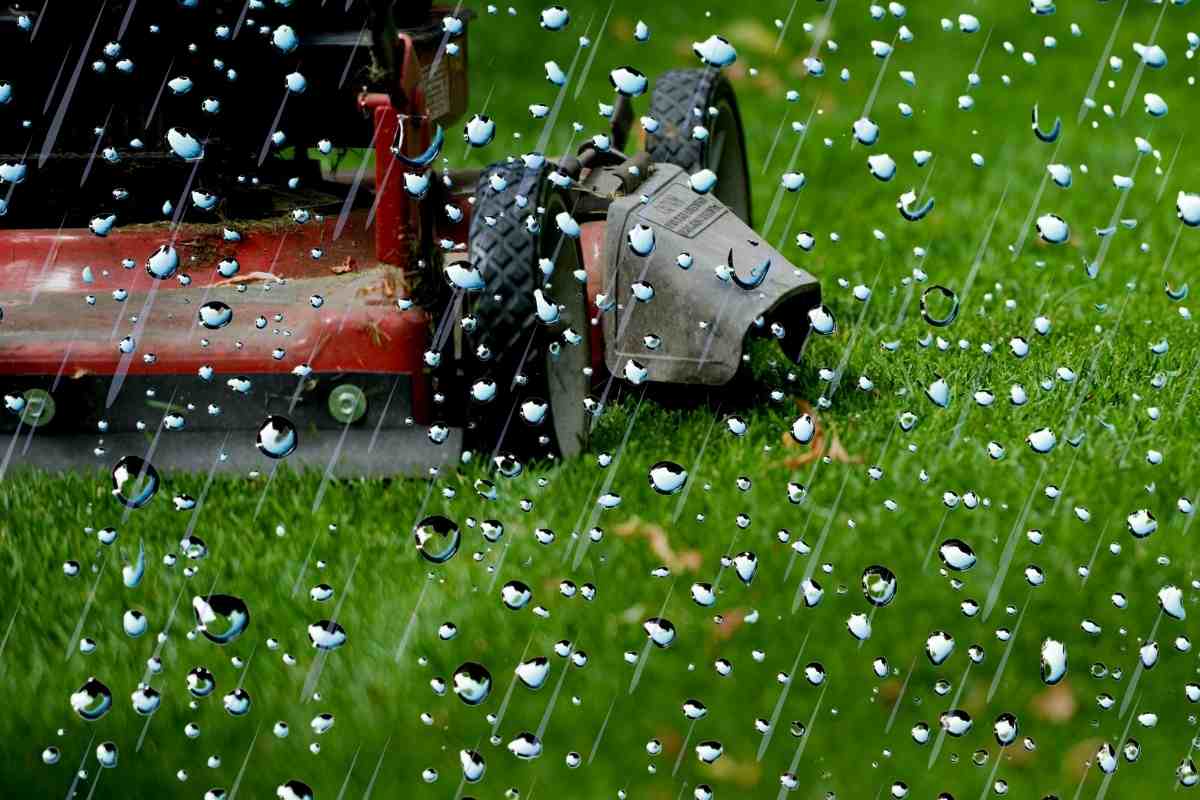
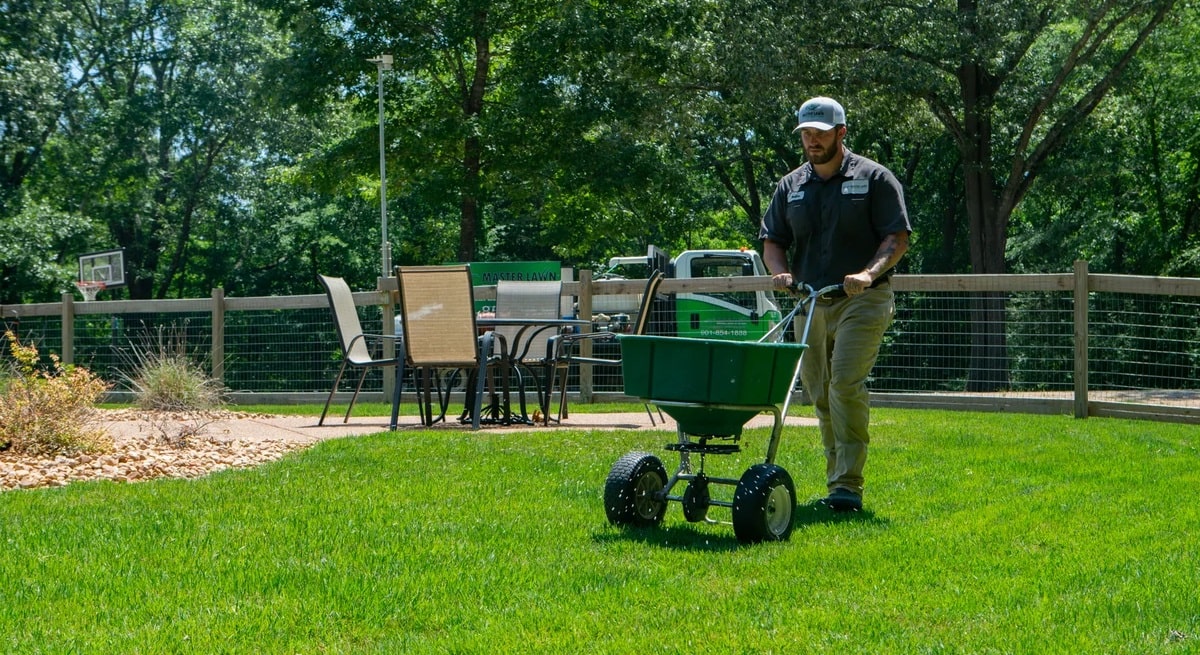
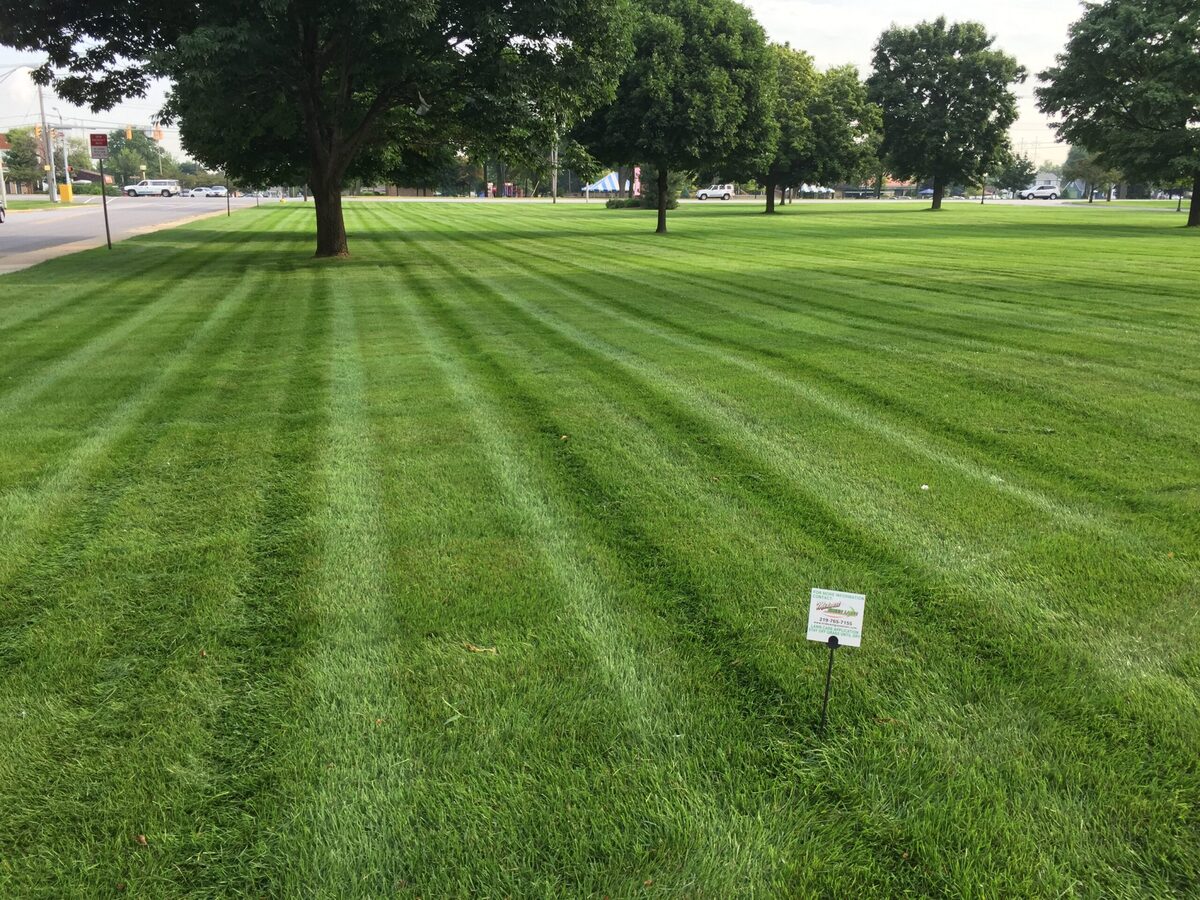
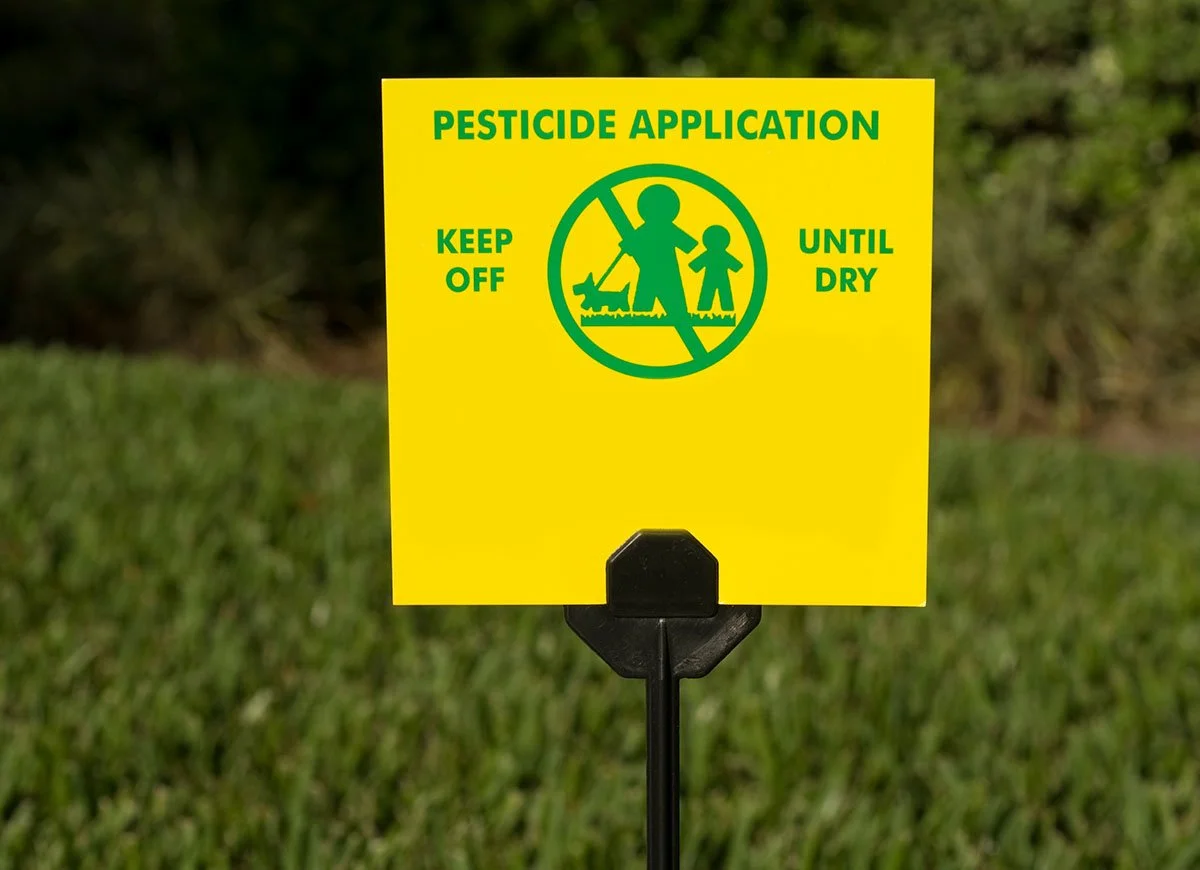
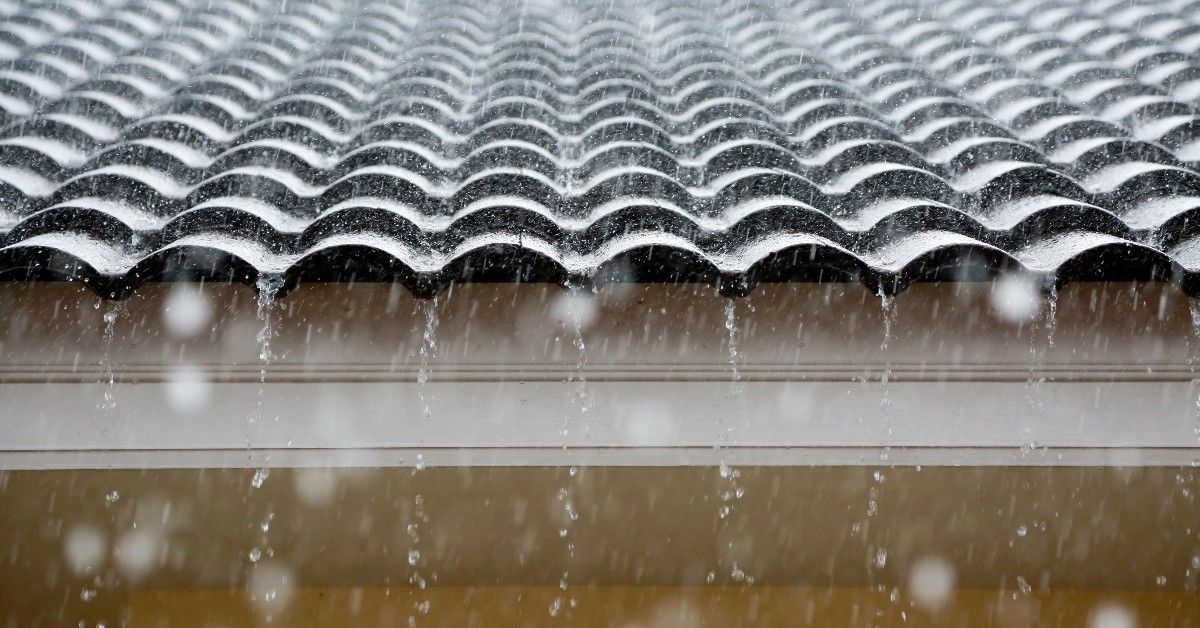
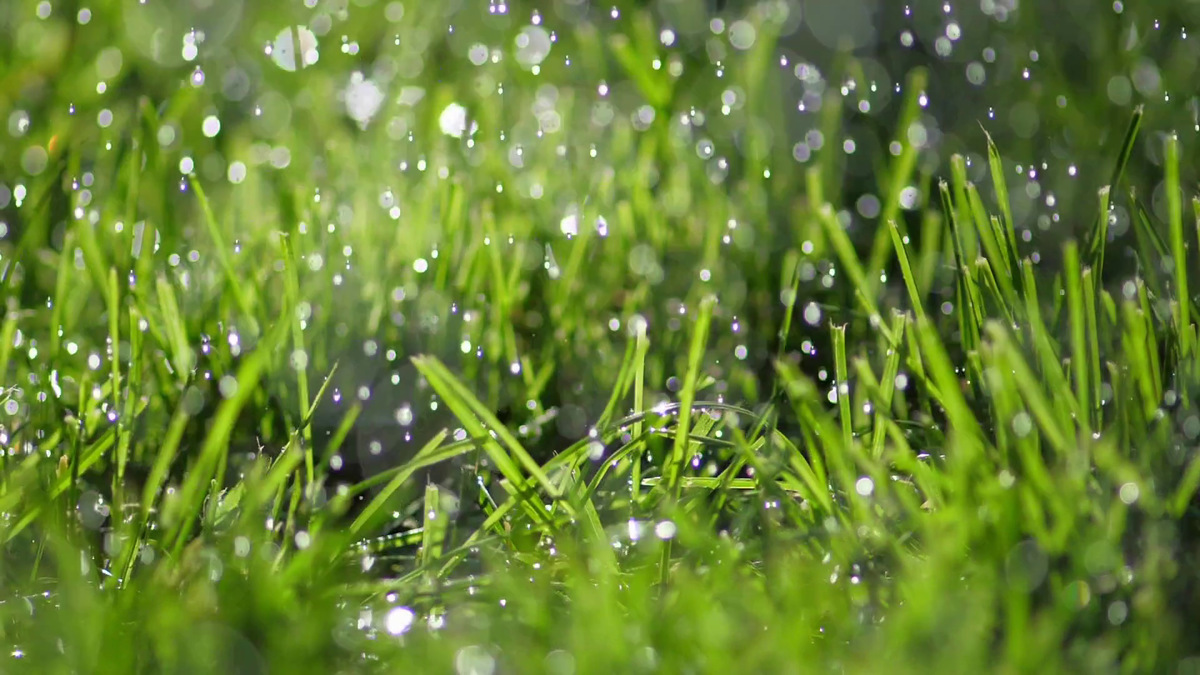
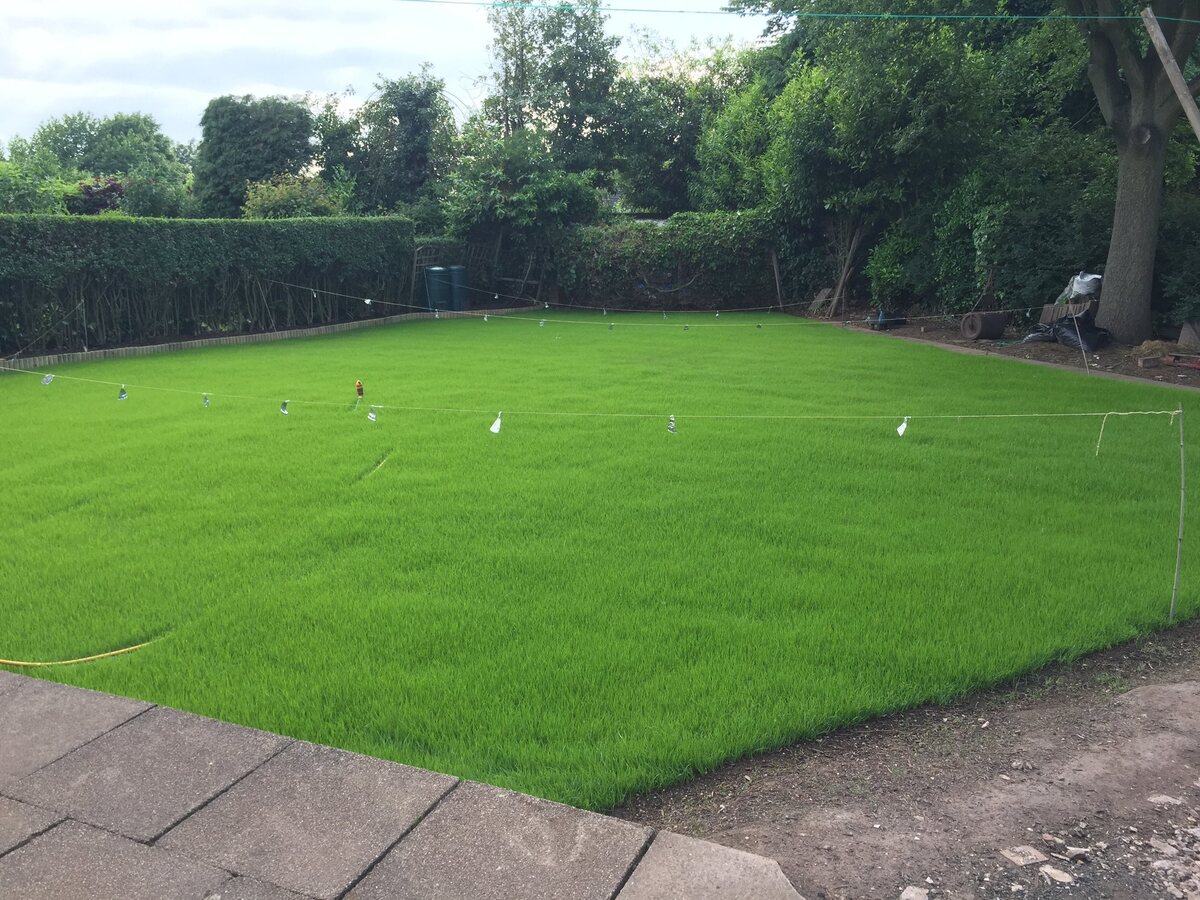
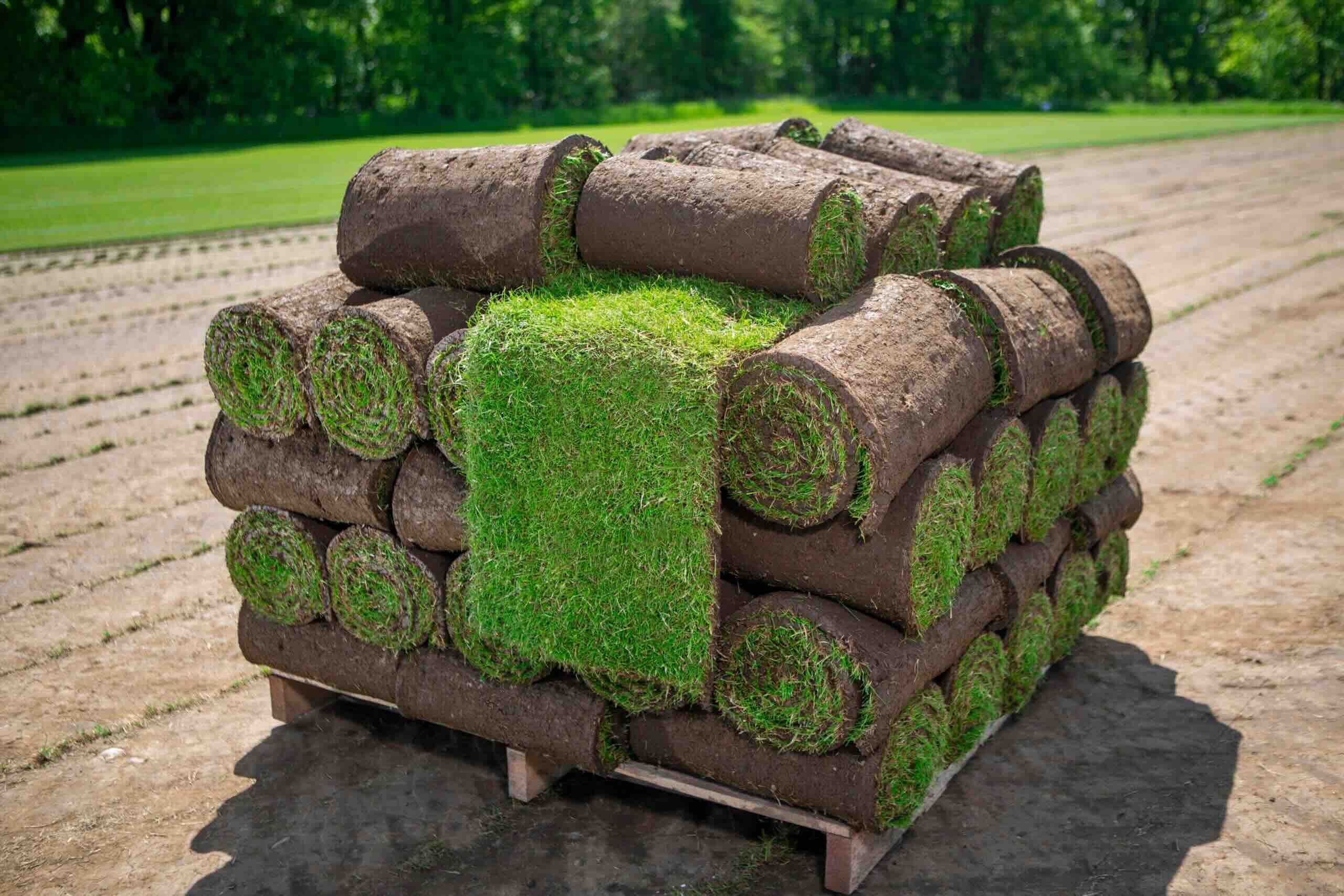
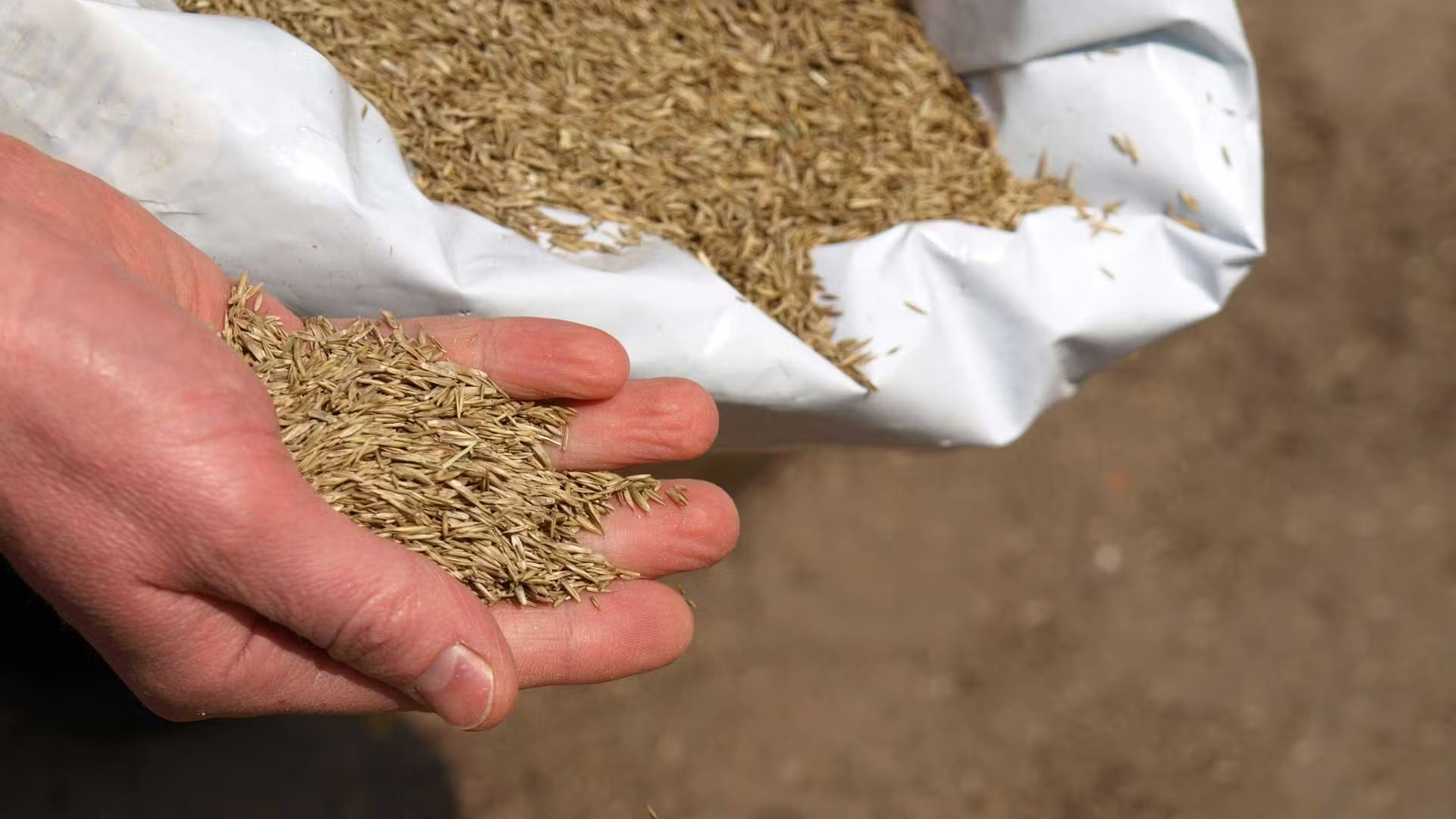
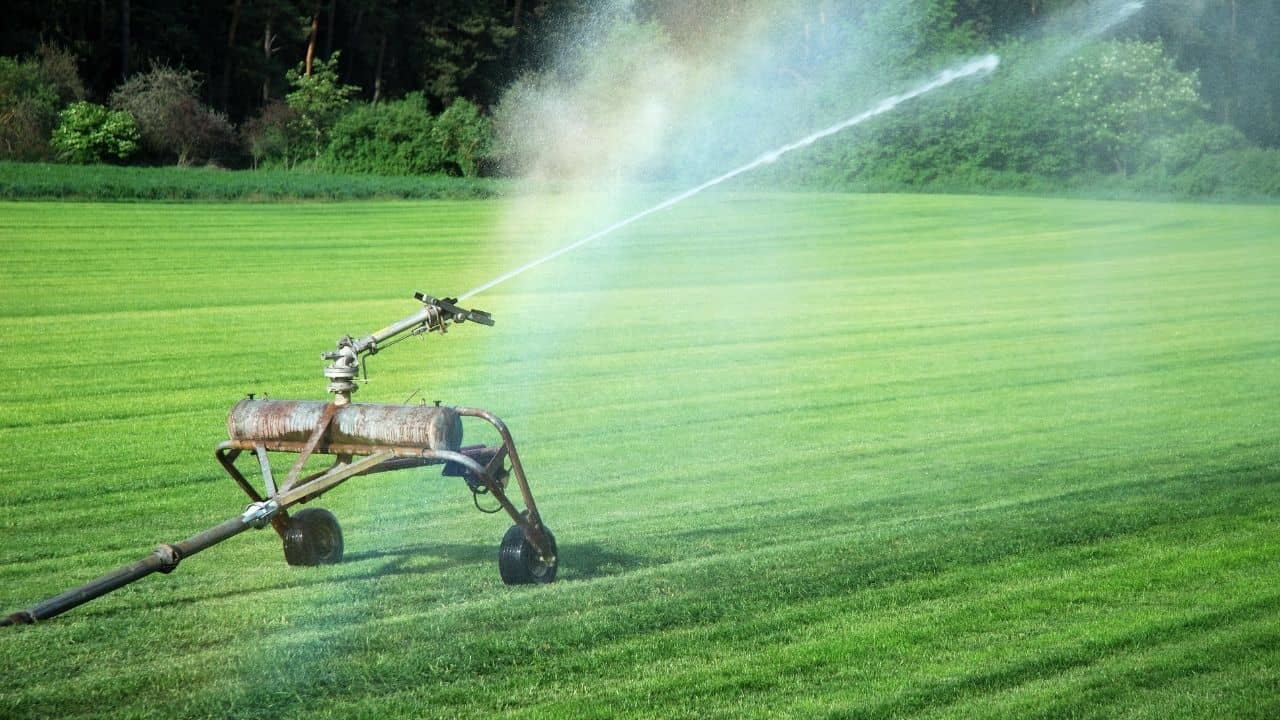
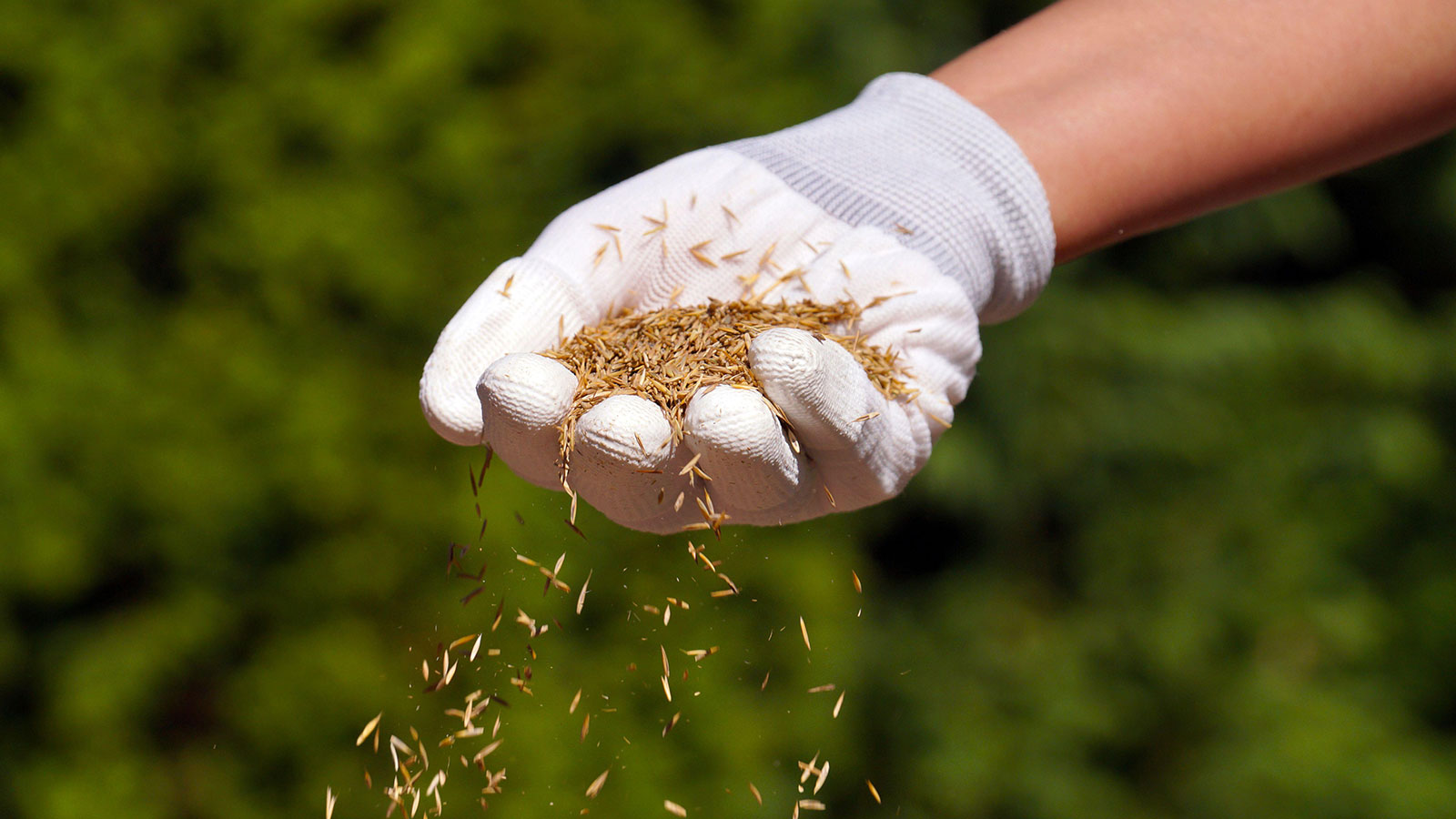
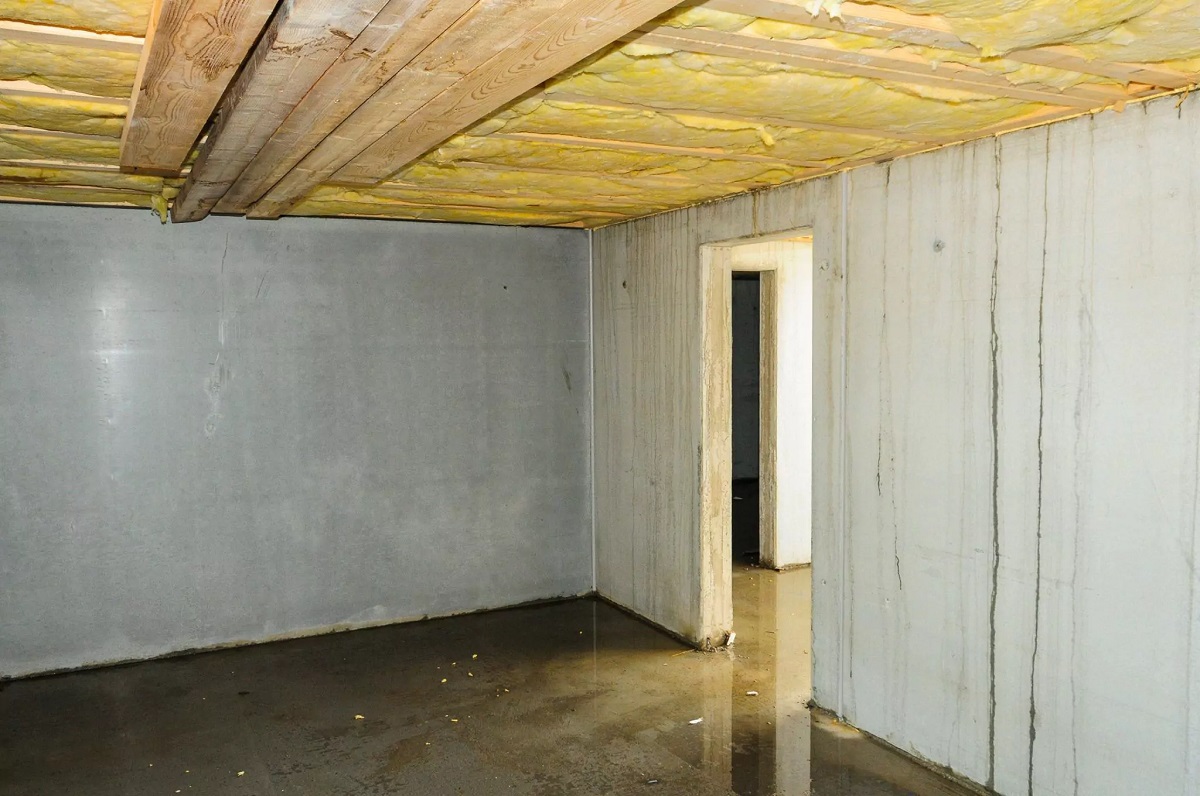
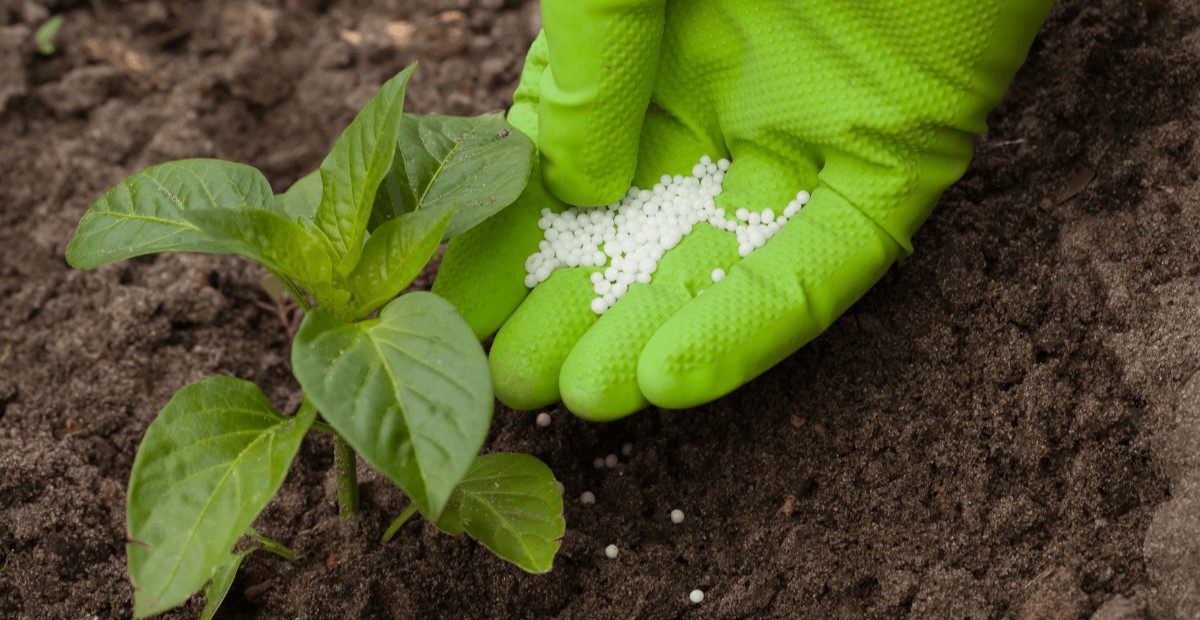
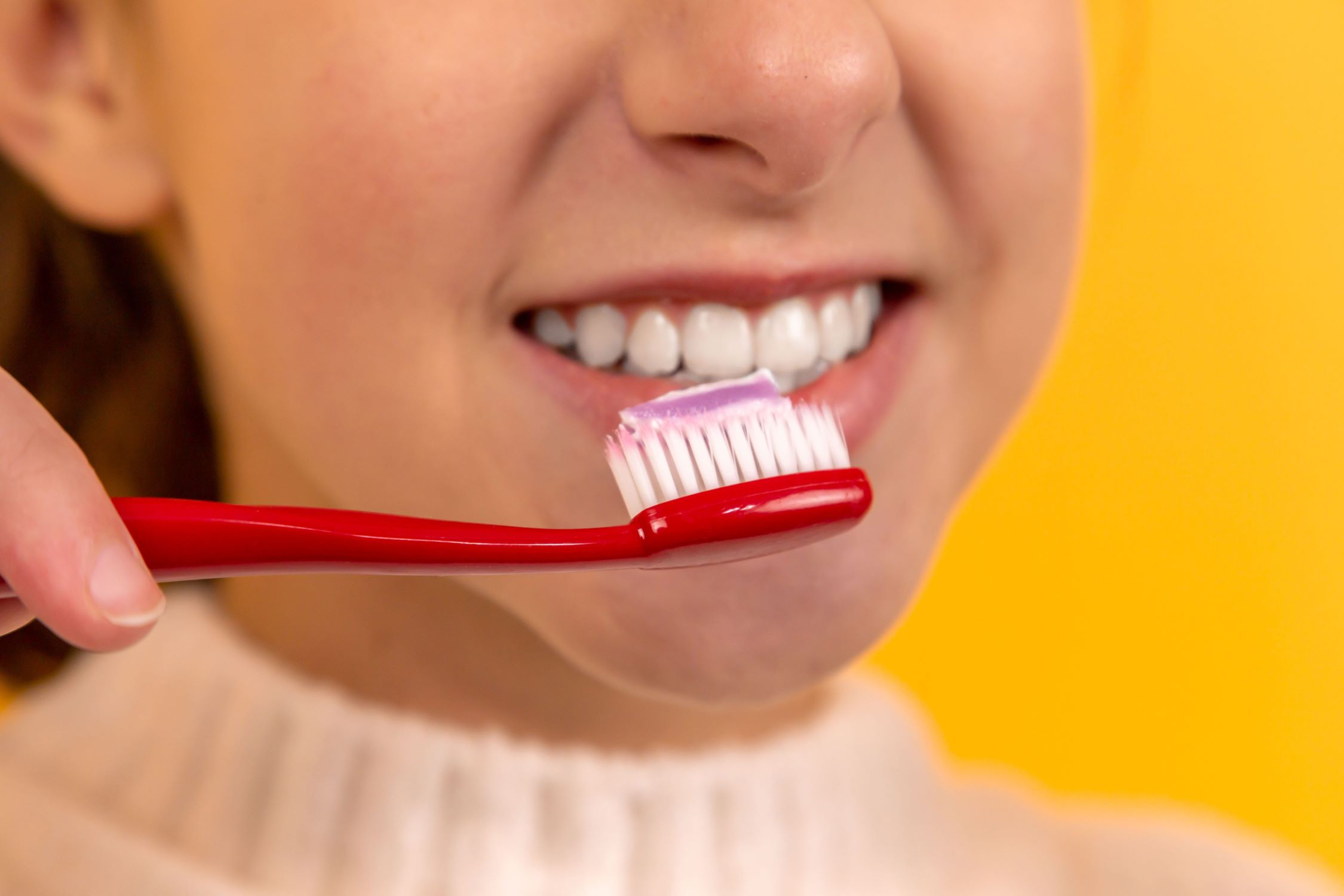
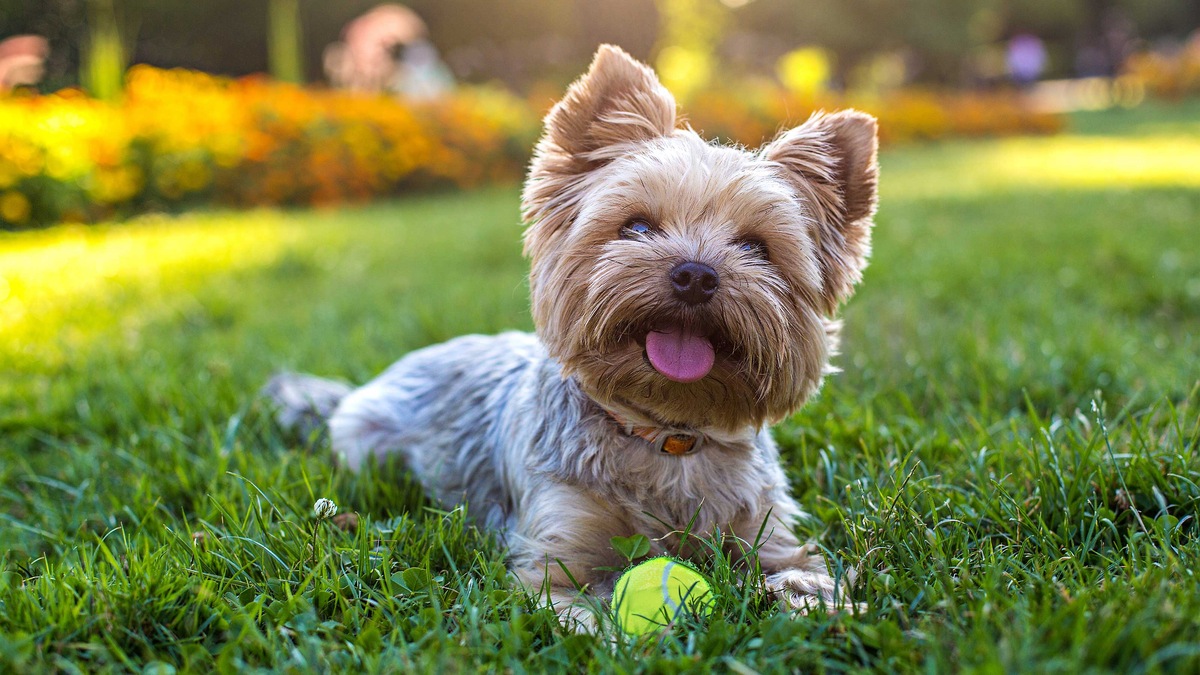

0 thoughts on “How Long Does Grass Stay Wet After Rain”